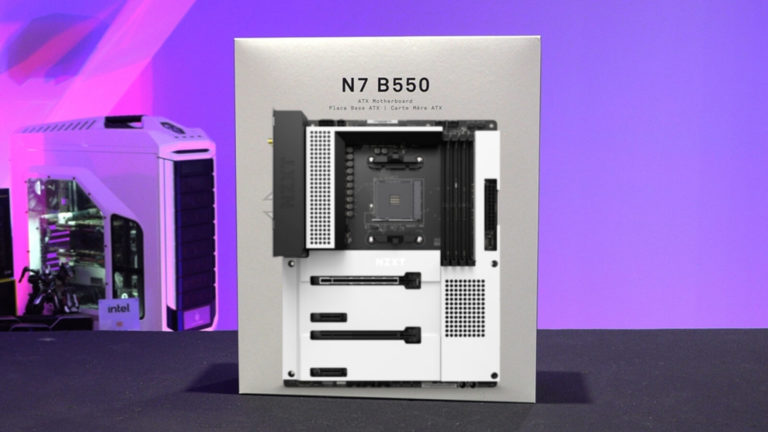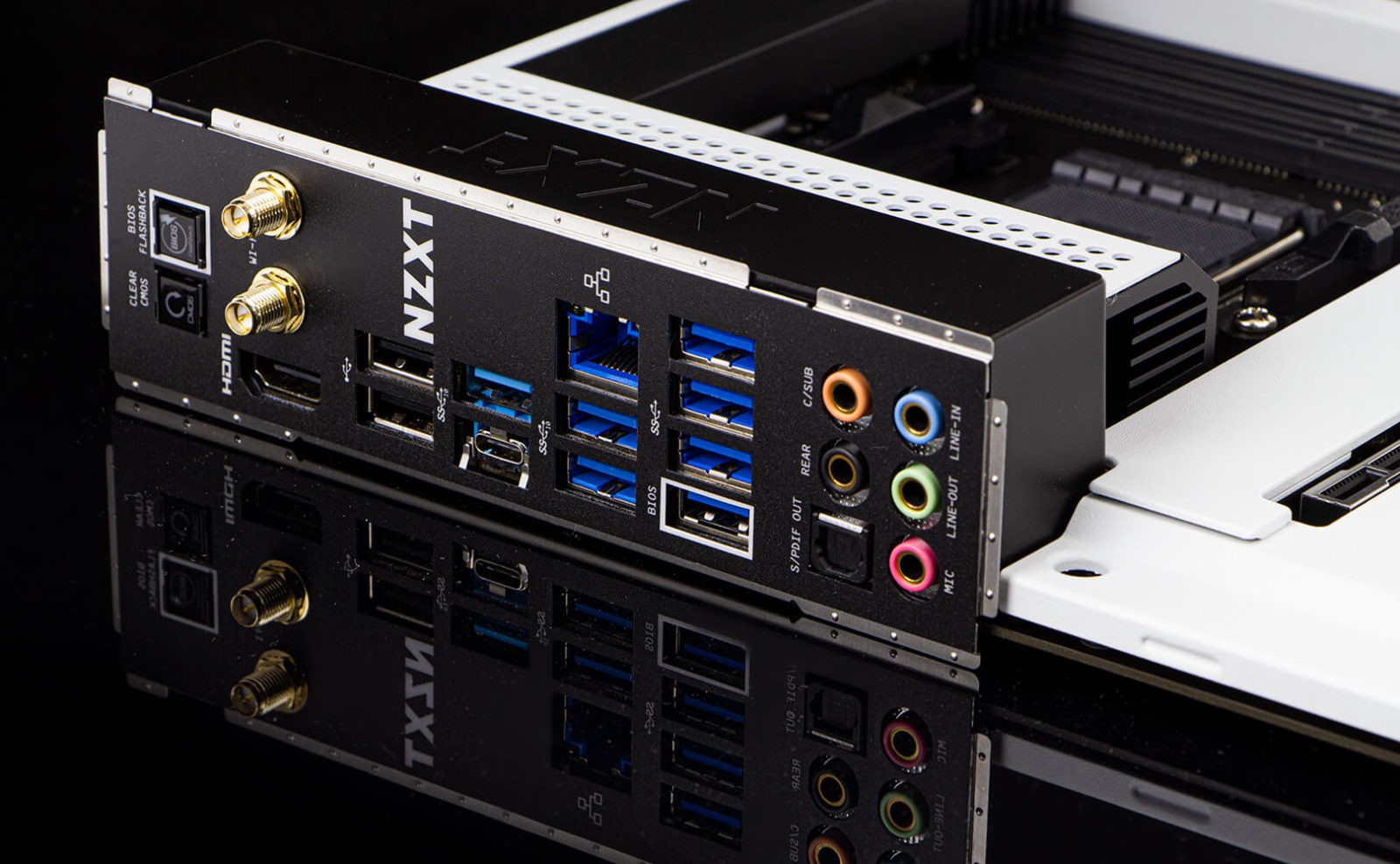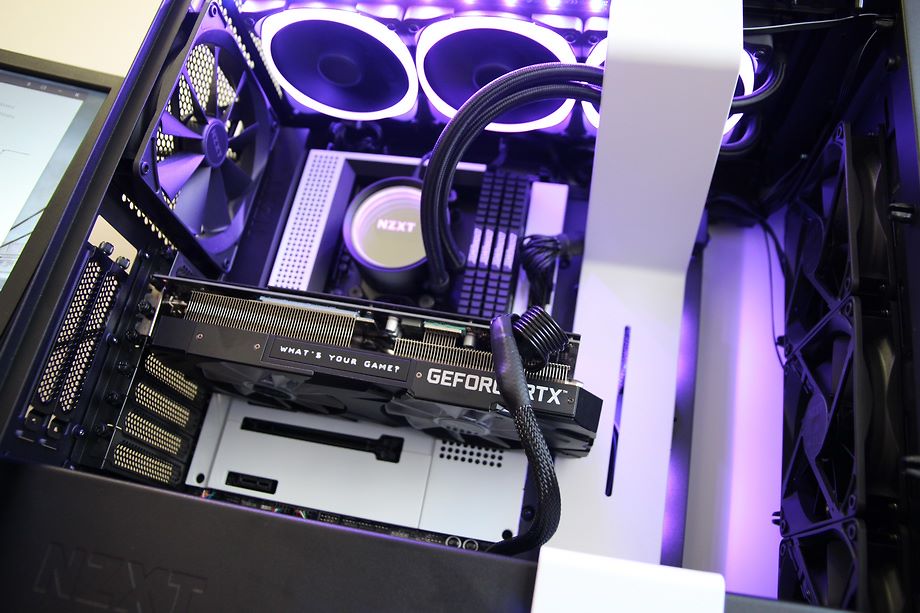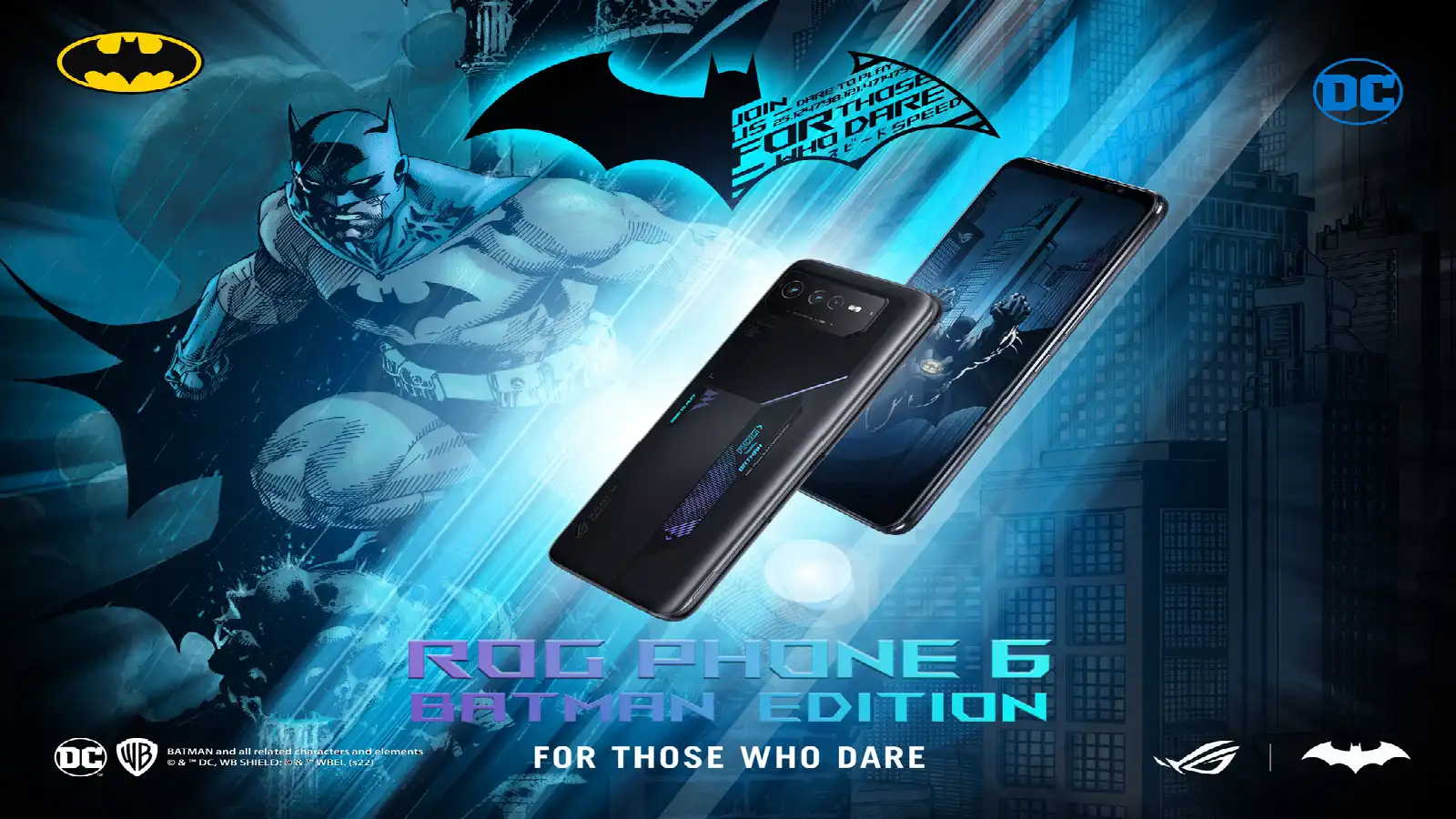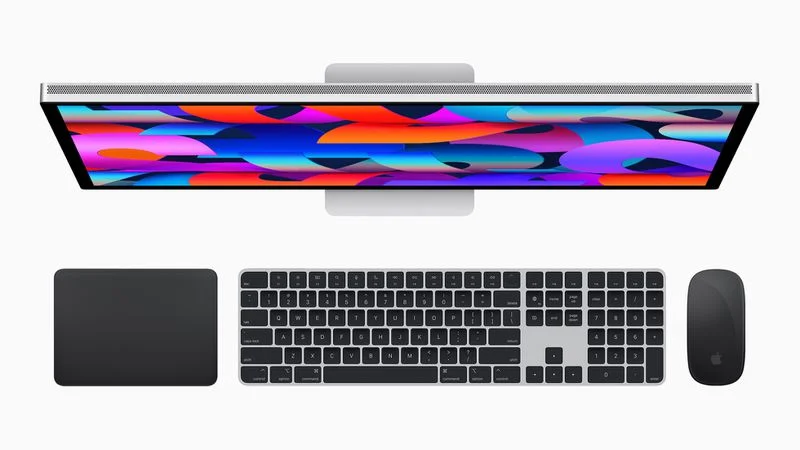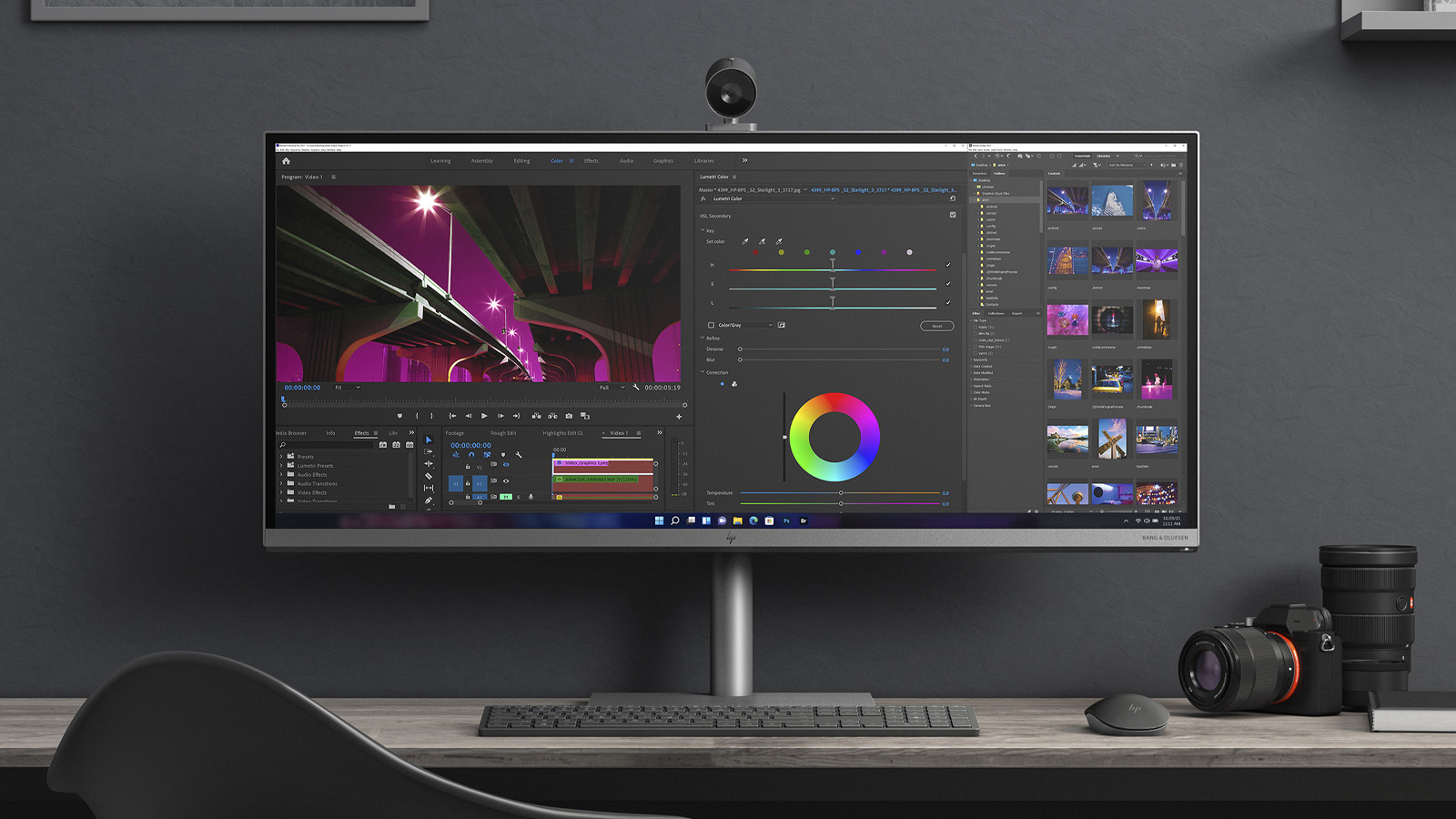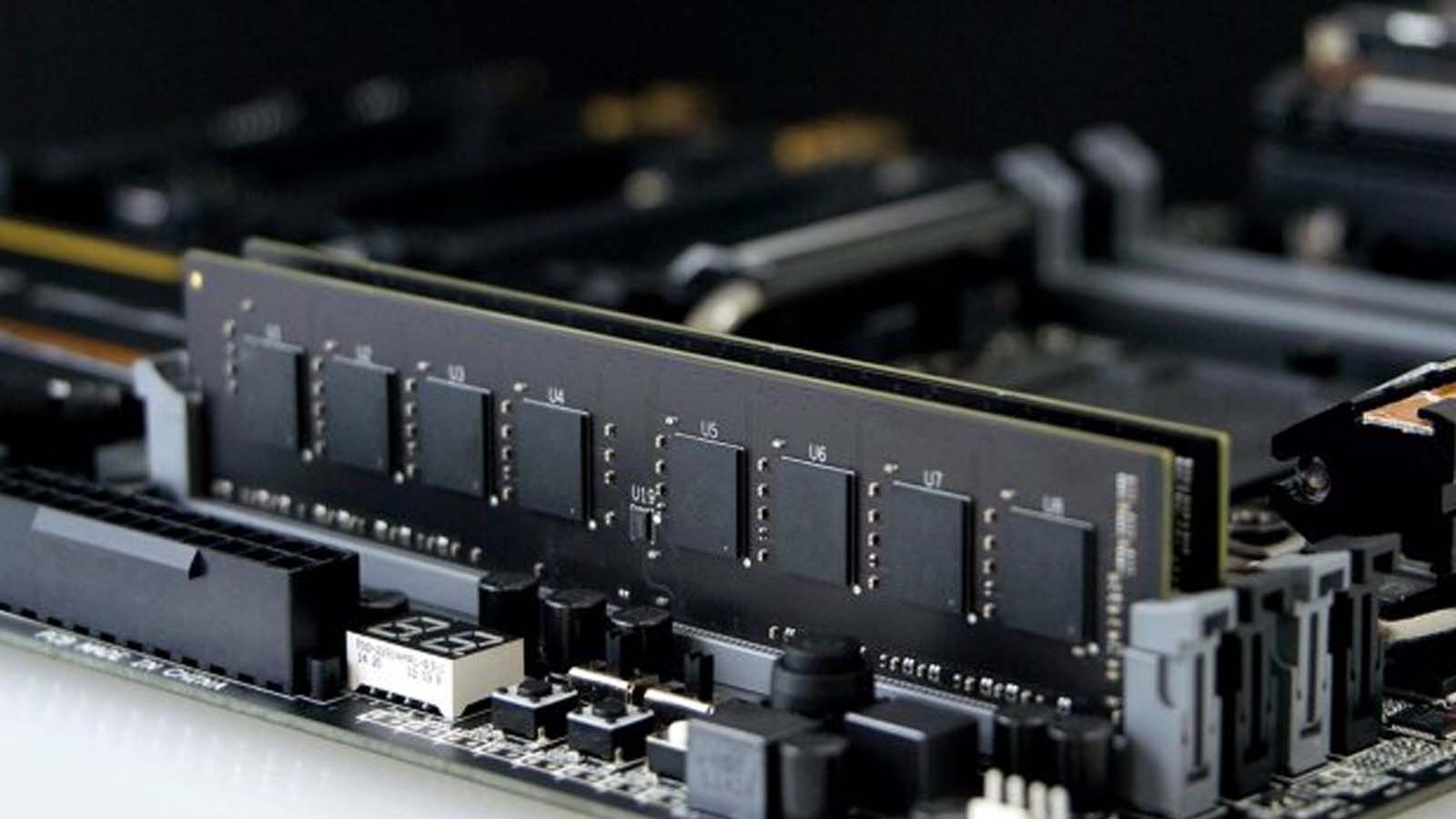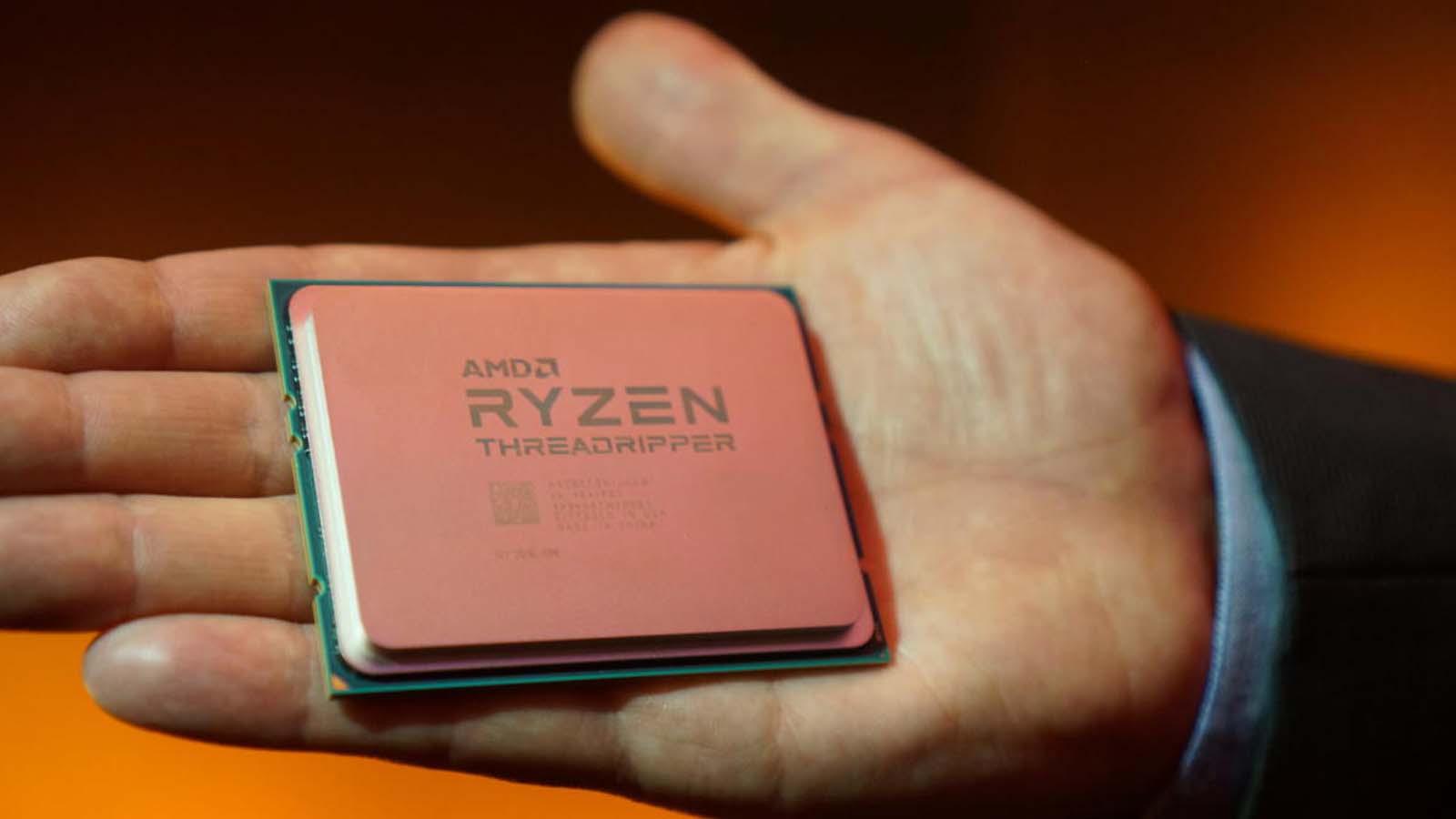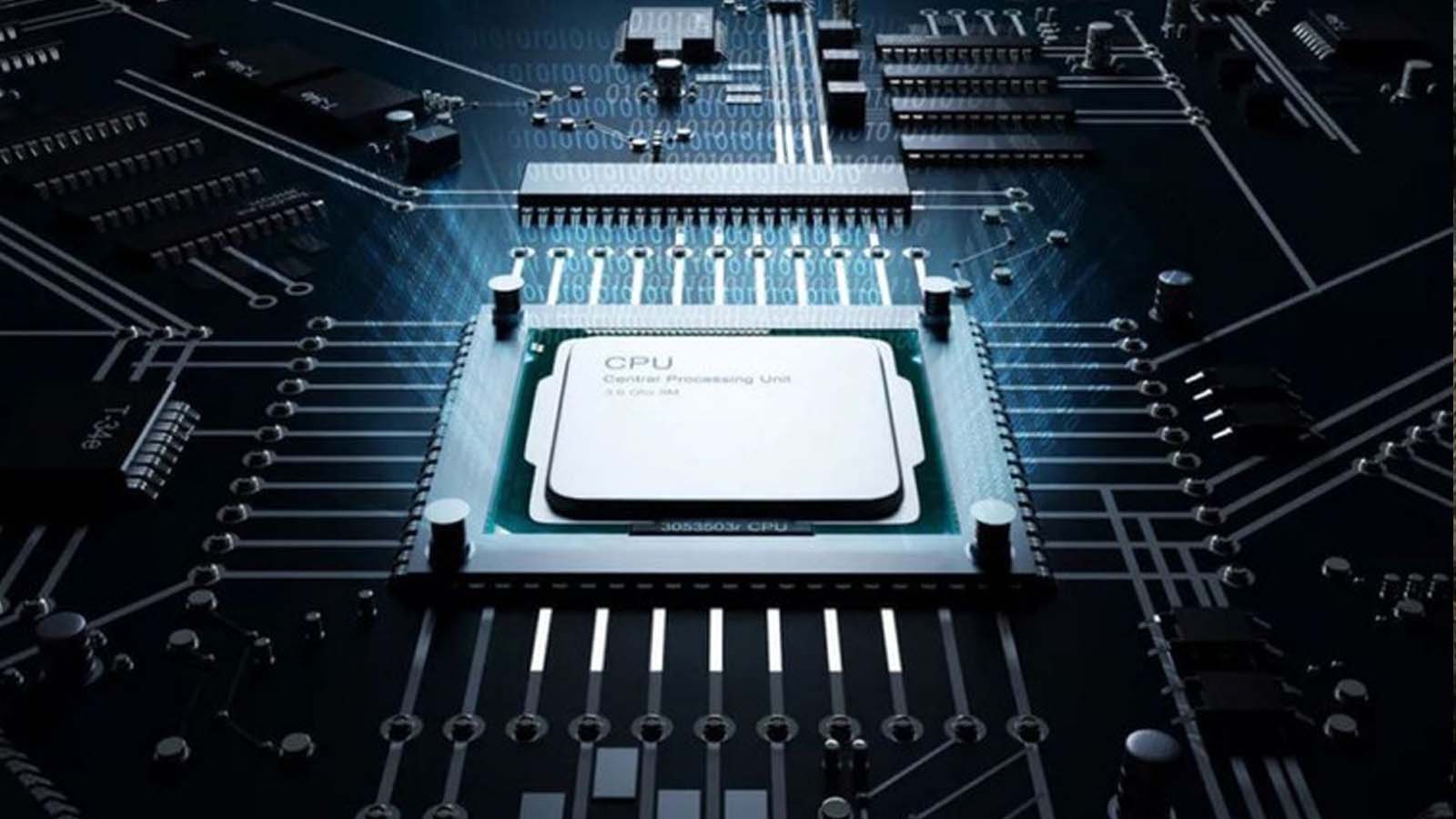There is fierce competition in the motherboard segment, especially with the AMD B550 chipset. This chipset allows motherboard manufacturers to cut down on features to meet the needs of those who don't have huge budgets to save on PC parts. However, it also allows for motherboards with more features than even some of the X570 solutions.
NZXT's N7 B550 is expensive, but worth it because of the extra features.
The NZXT N7 B550 is well placed thanks to its long list of features. Great features like Wi-Fi 6e and 2,5Gb LAN, not to mention a very solid power phase design, it's easy to overlook the price and just attribute it to the NZXT brand, but it has a lot of extra kits.
Compare this motherboard to the MSI MAG B550 TOMAHAWK Gaming which costs just $160 and there are a few notable differences. The MSI board has Wi-Fi 6, but it's not Wi-Fi 6e. It has the same 2,5Gb LAN support. There are far fewer USB ports on the back, not to mention that the layout of the connectors on the board is a standard mess.
These are small touches that allow NZXT to charge a small premium. Take, for example, the cover of the casing. This has become a stable design for NZXT motherboards and many PC builders prefer to keep it neat. There are also no built-in RGB LEDs, which can be seen as a plus or a minus, depending on what you prefer. However, NZXT has several RGB available.
When it comes down to it, if you want a motherboard specifically designed for pure PC builds, there's no better option than NZXT's N7 B550 for AMD builds anyway.
NZXT N7 B550: is it worth buying?
You should buy this if...
- You need an AMD motherboard.
- You don't mind spending over $200 on a motherboard.
- You are planning to build a PC with lots of RGB lighting.
- You want to connect a lot of fans to the motherboard.
- You are planning to use the NZXT CAM software.
Don't buy this if...
- You need the features of the X570 chipset.
- You only need the base B550 motherboard.
- You don't want to spend more than $200 on a B550 motherboard.
AMD's first NZXT motherboard is a great start, but it shouldn't come as much of a surprise. ASRock has years of experience building motherboards, and combined with great designs from NZXT, you have an excellent foundation for AMD-based PCs. Is it worth the extra cost compared to even X570 motherboards from manufacturers like ASUS and MSI? It depends on you.
For a motherboard with an AMD B550 NZXT N7 chipset, the B550 is really expensive. You can find an inexpensive B550 board for around $100, even less if you really want to save on features. But that extra cost is worth it if you consider this motherboard to be right for your PC build.
The layout of everything on the board allows for better cable routing. It has an additional 4-pin ATX CPU input for extreme overclocking, just like the more expensive X570 motherboards (although how useful this really is is debatable). The metal shroud perfectly hides all PCB components while allowing modification and personalization.
It also has a stable BIOS and can even run a Ryzen 9 5950X with plenty of 4000MHz RAM. There's a lot to want here, but it's not all good news. M.2 covers are not metal, but plastic, so there is no additional passive cooling for M.2 storage. NZXT also decided to remove the numerical error codes and replace them with status LEDs.
But if you're looking for a B550 motherboard that pushes AMD's chipset to the limit, NZXT's N7 B550 is a good choice. This is definitely a contender for a place in our collection of the best motherboards.

